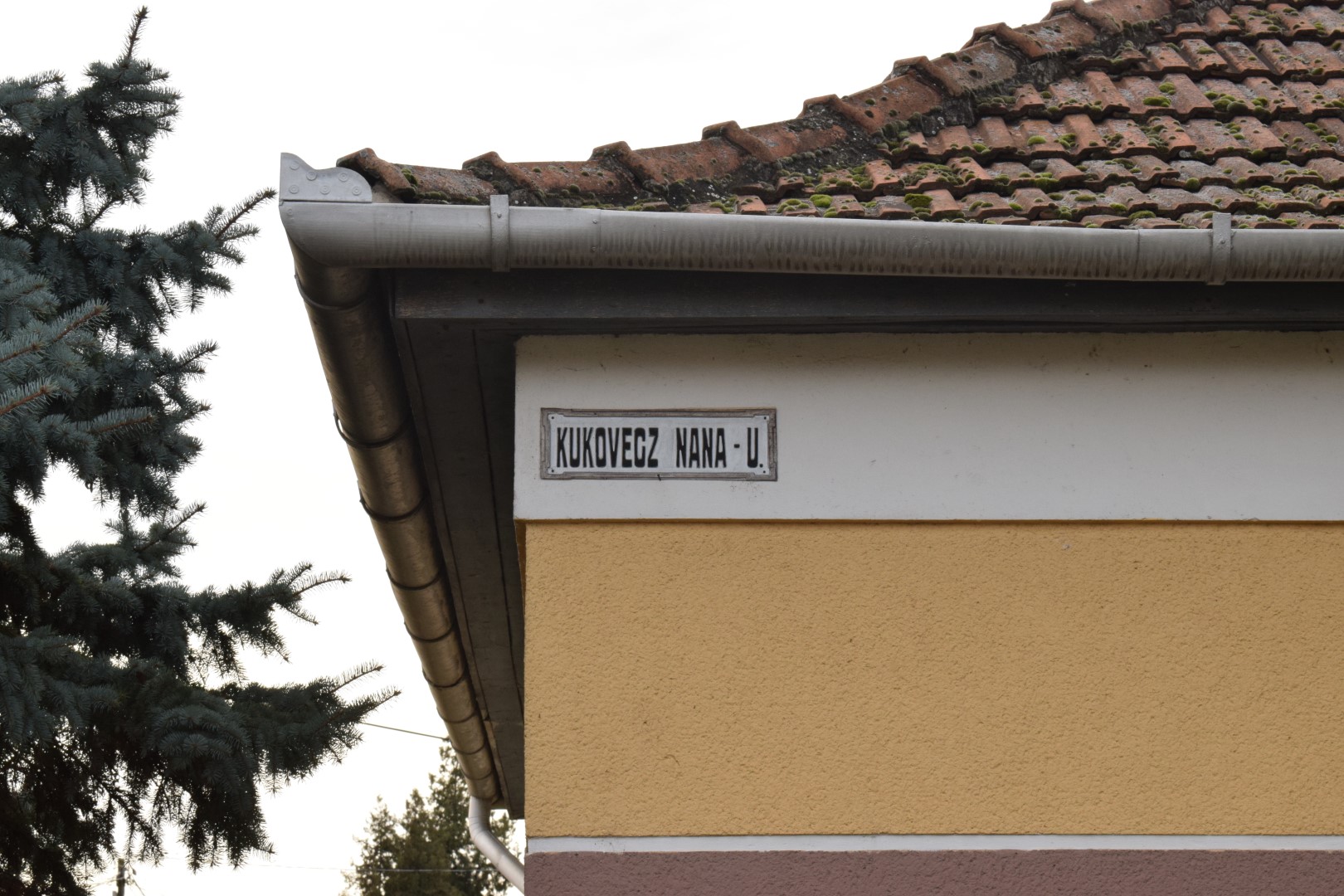NANA KUKOVETZ
Contributions to culture and science
In 1906, she was able to work at the Artists’ Camp after winning a scholarship from the city of Szeged. In Paris, she studied for a short time at the Académie de la Grande Chaumière private art school (1908). She returned to Szeged only in 1918, after her release from the prison camp where she had been imprisoned during the First World War. In Szeged, she took part in the work of the Hungarian Soviet Republic, but after the departure of the Directory, she also moved to Szatymaz, where she wrote pamphlets for French soldiers.
Short biography
Anna Kukovetz (Nana) (Szeged, 29 September 1885 – Szatymaz, 5 August 1919) painter. In 1902 she spent a few months in the artistic colony in Nagybánya, where she learned from Károly Ferenczy and István Réti. In 1906, she received a scholarship and was able to go back to the colony to continue her studies. In Paris, she studied for a short time at the Académie de la Grande Chaumière private art school (1908). She returned to Szeged only in 1918, after her release from the prison camp where she had been imprisoned during the First World War. In Szeged, she took part in the work of the Hungarian Soviet Republic, but after the departure of the Directory, she also moved to Szatymaz, where she wrote pamphlets for French soldiers. On 5 August 1919, the White Terror began with the action of the Prónay group, which also claimed the life of Anna Kukovetz.
Interesting facts
The exact cause of her death is unclear. According to local legend, she was accidentally shot by officers having fun. Another claim is that she was led out and shot. Streets in Szeged and Szatymaz are named after her.
Most important paintings:
- Paris hat saloon
- Afternoon in Assisi

